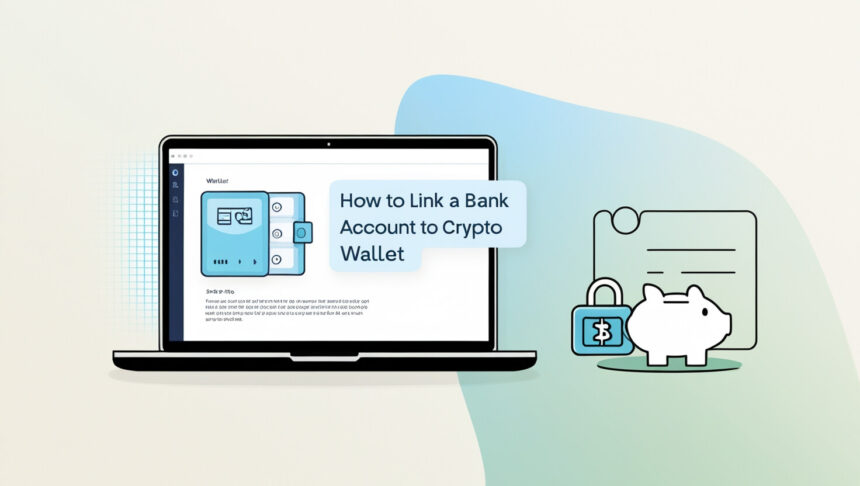In this article, I will discuss the How to connect your bank account to a crypto wallet will be reviewed. This twinning makes conversions between fiat currency and cryptocurrencies smoother, and hence, acquisition, disposition, or movement of digital assets is uncomplicated.
I will help you with the steps to follow, the basics, safety strategies, and everything else you will need so that the process is simple and safe.
What is Bank Account?
A bank account is where people or businesses save and manage money with a bank institution. It also serves as a more secure way to store money, keep track of activities, and request services such as transfers, payments, loans, and many more.
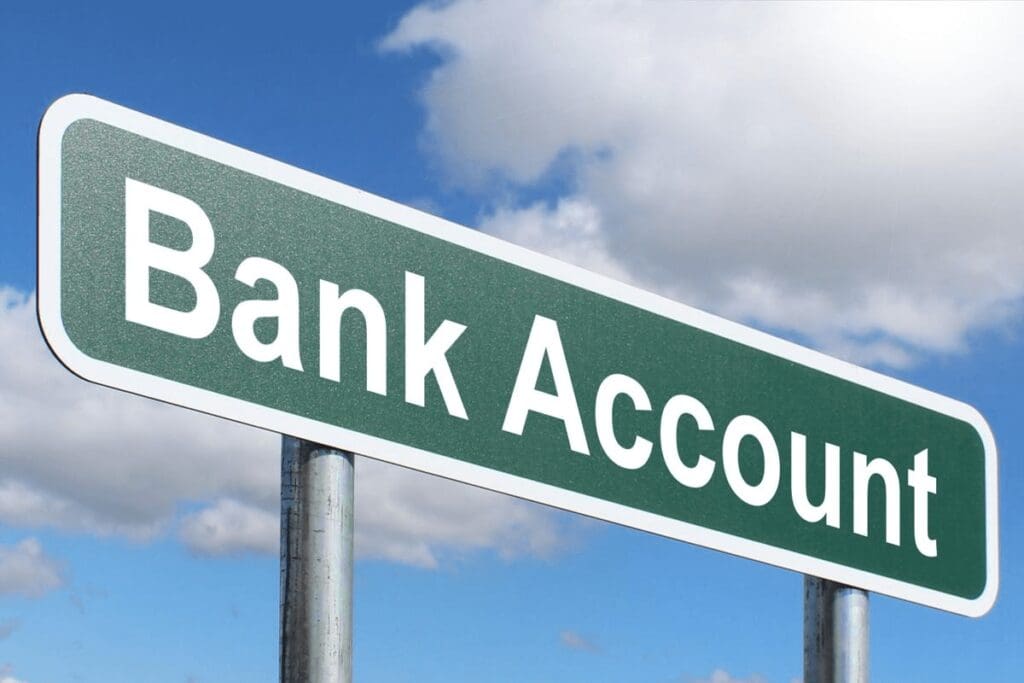
There are various forms of a bank account which are checking accounts for saving deposits spent in everyday expenses, accounts for saving money garnering a certain amount of interest,
and several forms earmarked for long term savings which serve the purpose of investment accounts. Business or personal finance activities would inevitably require the use of a bank account.
How to Link Your Bank Account to a Crypto Wallet
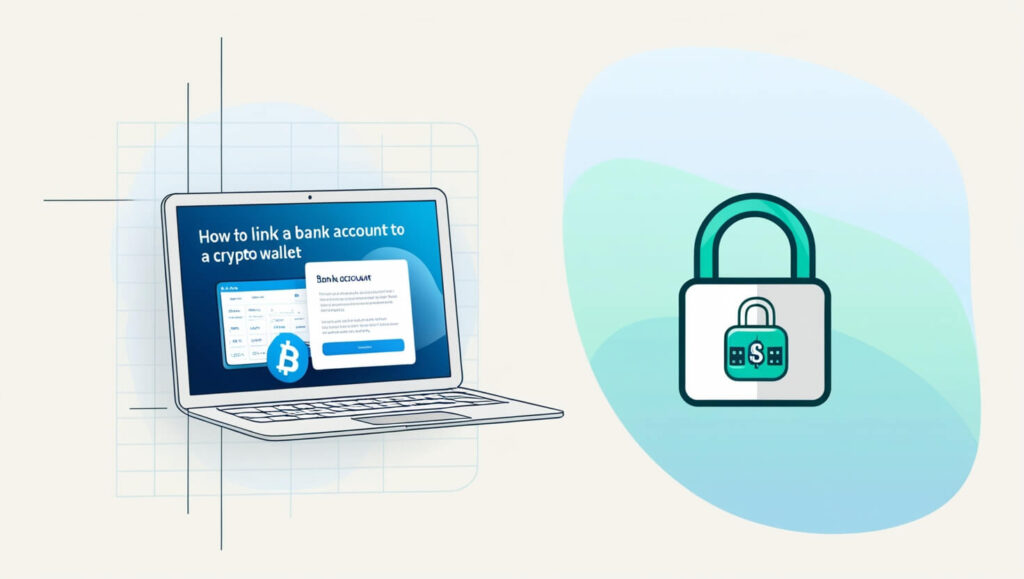
As an instance, here is a comprehensive example of how to link your bank account with a crypto wallet throught the app Crypto.com.
Download and Install the App
Begin by downloading the Crypto.com app from your device’s app store and create an account if you do not have one already.
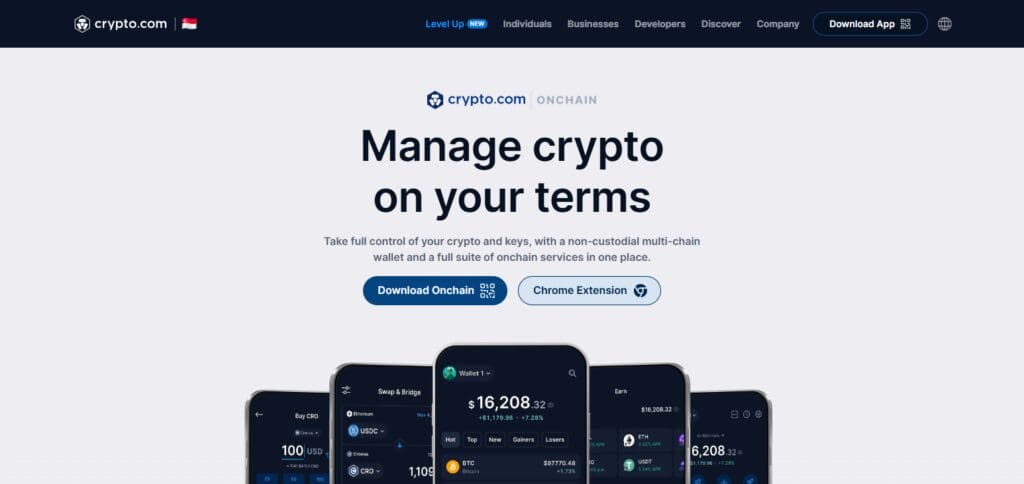
Complete the Verification Process
Complete any compulsory Know Your Customer (KYC) processes as this often includes verifying of identity and address.
Navigate to the ‘Transfer’ Section
On the app’s main dashboard, select the “Transfer” option which allows you to select “Deposit” then “Fiat.” This leads you to the section for account management.
Initiate the Bank Account Linking Process
Select the option “Link Bank Account”: Tap and select your preferred method. There are usually these two options:
Plaid Integration: In this case, you pick your bank from the available list, login with your bank’s credentials, then retrieve your account from the bank through plaid.
Manual Entry: Type in your bank account number, routing number, and bank account type.
Confirm Small Deposit Verification
Using the manual option, the app sends two deposits into your bank account. When you have received these two, you can then proceed to the app and input the received amounts.
Set Up Funding For Your Crypto Wallet
After linking your bank account, you can now conveniently move money from your bank to your crypto wallet, which enables you to sell, buy, and trade cryptocurrencies.
Other Place Where Link Your Bank Account to a Crypto Wallet
Bitwala
Bitwala is a unique platform which combines crypto with banking. It provides a feature which allows users to link their bank accounts directly to a crypto wallet which facilitates easy and rapid conversions between digital assets and fiat currency.
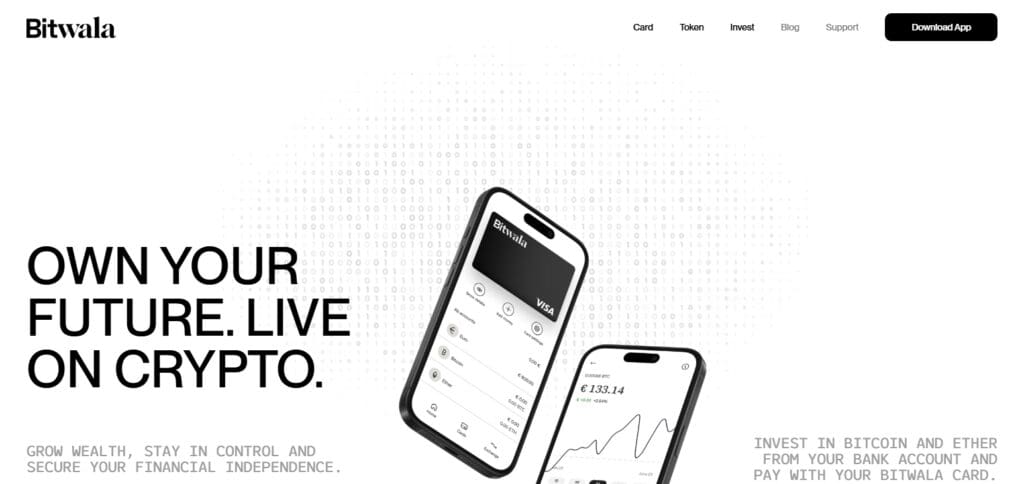
The most distinguishing feature of Bitwala is that it provides fully regulated banking services, allowing users to integrate their traditional assets with crypto and manage them all in one secure, transparent location, thus offering a simple and convenient platform for made for everyday users.
Uphold
Uphold provides an easy way to connect your bank account with a crypto wallet, making the conversion of traditional fiat and cryptocurrencies effortless.
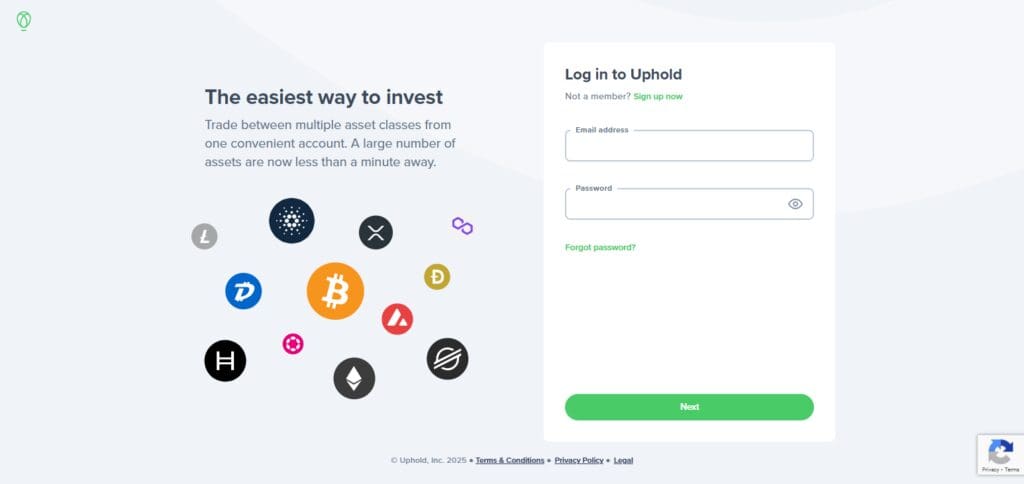
The multi-asset platform of Uphold is what makes it unique allowing users to store, trade and send precious metals, stocks and various other assets alongside cryptocurrencies.
In conjunction with its intuitive interface, this versatility makes Uphold a dependable and effective platform for managing variegated financial portfolios.
Prerequisites for Linking a Bank Account
Cryptos Wallet Account Verification Confirm that your wallet crypto account is verified and fully functional, including the capture of all relevant personal details.
Active Bank Account Your bank account must be active and in good standing and will usually require a checking or savings account for linkage.
Bank Account Information You must possess the bank routing number and your account number to facilitate the link.
Two-Factor Authentication (2FA) Activate 2FA on your crypto wallet to enhance security during the linking process.
The Bank’s Restrictions on Cryptos Most banks have restrictions on trading with crypto exchange or crypto wallet services, see if your bank operates with such limitation or not.
Security Tips for Linking a Bank Account
Use Two-Factor Authentication (2FA)
Make sure your wallet and bank account have 2FA activated for additional security.
Have Strong Unique Passwords
Passwords should not be reused. They should consist of numbers, letters, and symbols and be complex in nature.
URL Verification
Make sure the correct app or website for your crypto wallet or bank is not a phishing site. Always verify URLs.
Account Activity Monitoring
Always check your bank and wallet statements routinely for any unexpected activity.
No Public Wi-Fi Use
When connecting your bank account, avoid using public Wi-Fi because of the likelihood of getting hacked. Always use a secure private network.
Account Activity Alerts
Account activity alerts set on the bank account and cryptocurrency wallet can monitor any changes made and track them in real time.
Use a Hardware Wallet
Cryptocurrency users can hide their currency in a hardware wallet which is far more secure than Robo storage.
Alternatives to Bank Account Linking
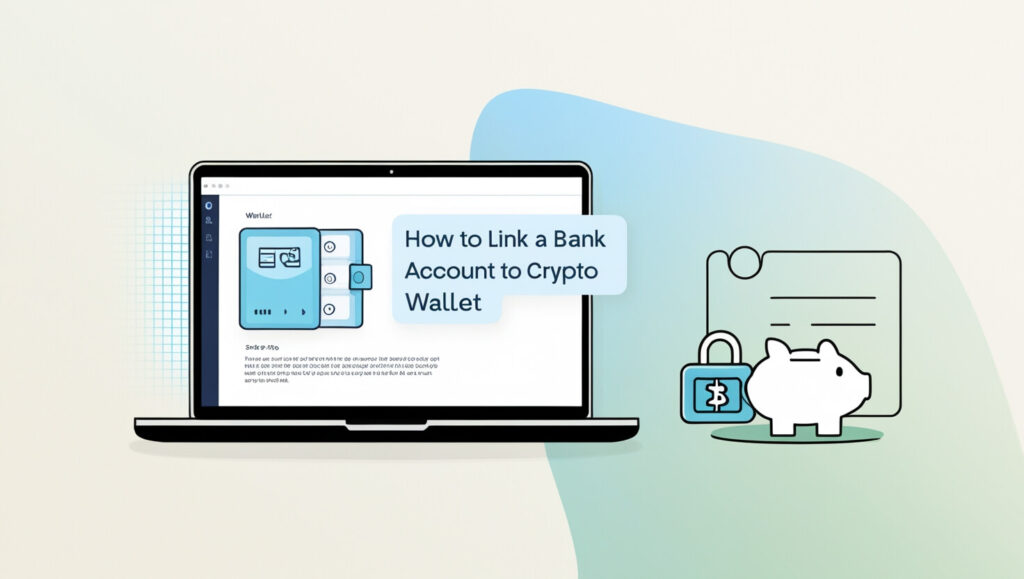
Cryptocurrency Exchanges
Use Coinbase or Binance to deposit money with a credit or debit card and avoid linking a bank account directly.
Third-Party Payment System
Accounts like Paypal, Skrill, or Revolut permit funding accounts without a primary bank account linked to it.
Prepaid Cards
Purchase a prepaid card and load cash onto it, making it simple to buy crypto assets without a bank account link.
Crypto ATM
People can buy cryptocurrency by cash using certain cryptocurrencies ATM thus making it easy to access crypto without bank accounts.
Peer-to-Peer (P2P) Transactions
Users can buy cryptocurrency from individual sellers via platforms such as localbitcoins.com and pay with cash or through other payment wallets.
Risk & Considerations
Risks
Security vulnerabilities: Your bank details could be breached if the wallet or exchange is hacked.
Regulatory Issues: Countries with stringent crypto regulations might lock your account and impose fines.
Fraud Risks: Linking accounts may present opportunities for unauthorized transactions.
Absence of Coverage: Traditional bank accounts are FDIC insured whereas crypto deposits are not.
Privacy Issues: Linking accounts will likely demand the provision of sensitive private data.
Considerations
Select Works Carefully: Rely on trustworthy exchanges such as Binance and Coinbase that prioritize security.
Activate 2FA: Strengthen the protection of your accounts by turning on two factor authentication.
Restrict Account Access: Avoid linking your main bank account; use a secondary account for crypto transactions.
Fee comprehension: Be informed about transaction fee amounts and conversion rates.
Tracking Spendings: Regularly check for unauthorized activity.
Pros & Cons
| Pros | Cons |
|---|---|
| Convenience: Enables seamless fiat-to-crypto transactions. | Security Risks: Potential exposure if the wallet or exchange is hacked. |
| Faster Transactions: Direct deposit and withdrawal from your bank. | Privacy Concerns: Sharing sensitive personal and financial data. |
| Ease of Use: Simplifies crypto purchasing and selling. | Fraud Vulnerabilities: Risk of unauthorized access or transactions. |
| Integration with Trusted Platforms: Exchanges like Coinbase and Binance streamline operations. | Regulatory Issues: Possible account freezes or penalties in strict jurisdictions. |
| Access to Advanced Features: Some wallets offer exclusive benefits for linked accounts. | Fees: Hidden transaction fees and conversion costs may apply. |
| Ideal for Beginners: Reduces complexity in managing funds. | Limited Control: Transactions may depend on third-party processing times. |
| Improved Efficiency: Allows quick fiat withdrawal in case of emergencies. | Lack of Insurance: Crypto funds are not FDIC-insured unlike bank accounts. |
Conclusion
Final Thoughts It is efficient to link the bank account to a crypto wallet because both fiat and digital currencies can be managed simultaneously.
It also makes transactions easier by speeding up deposits, withdrawals, and conversions of traditional currency to cryptocurrency, and vice versa.
Adhering to security measures while picking a wallet can guarantee seamless integration. Linking a bank account simplifies digital finance, enabling effortless trading, investing, and asset management.



